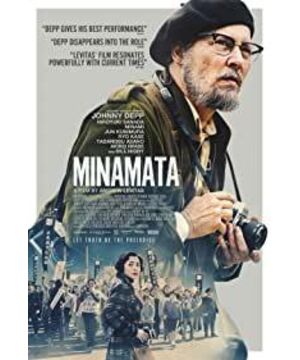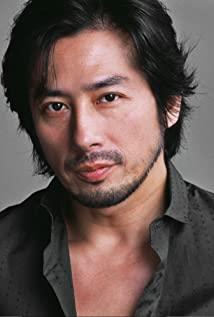One is a chemical factory under the rule of capital, and the other is a village resident harmed by mercury pollution. How to measure the relationship between the two is that one is far stronger than the other. It was not until the female reporter found the world-renowned photographer Eugene. There is a turnaround.
A very legendary story, as long as it is filmed, it does not need to be edited at all. The photographer has been shaken, threatened and beaten, and once thought of taking the money and leaving, but he still stayed and worked hard for the villagers.
Maybe this is the power of the media to bring down the big conglomerates through world influence. As an environmental biopic, it is reasonable and quite satisfactory.
In the era of capital, it can provide 60% of the work and form a solid community of interests, can use money to divide and disintegrate villagers' organizations, recruit hooligans to set fire to photographers and leaders, and even recruit officials from the Defense Department to smash the homes of ordinary people.
It can make technology useless, make science fall into the whirlpool of interests, hide the truth for 15 years, sit in a high office building, and be indifferent to the suffering of sentient beings.
In an era of total alienation, more power is needed to allow people's real life needs to be expressed, and then to unite more simple people, resist the factory organization under the control of capital, and break through the network of capitalists layer by layer. , to break through the alienation logic of capital and bring the light of humanity, which requires one or even several heroes.
We also want him to escape the ideology of alienation, which is a more thorough control of his own alienation. He can liberate himself in thought and liberate in action. This is what Eugene did, so he was not shaken by the entrepreneur at all.
View more about Minamata reviews











